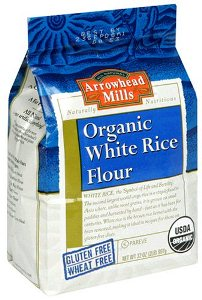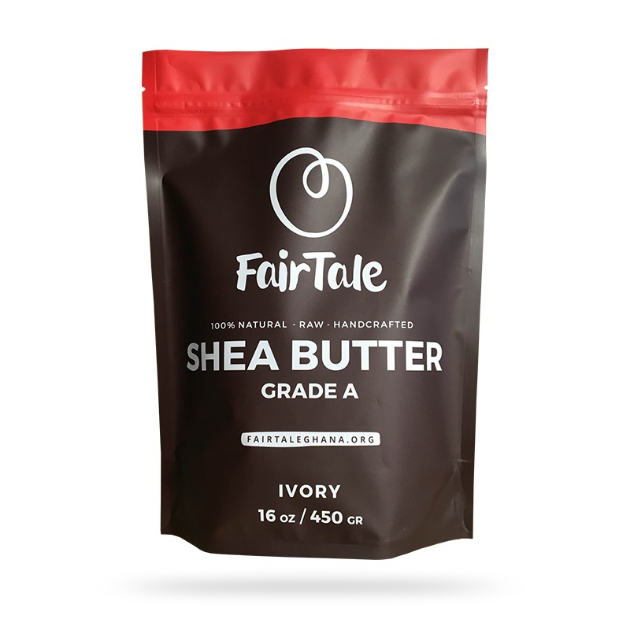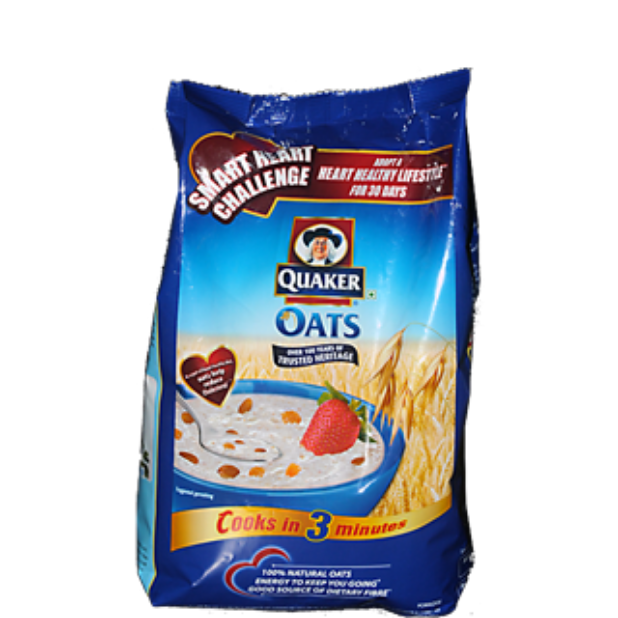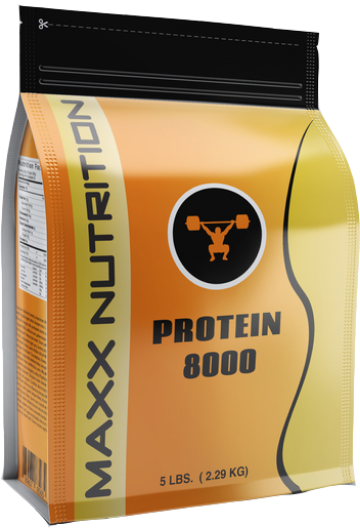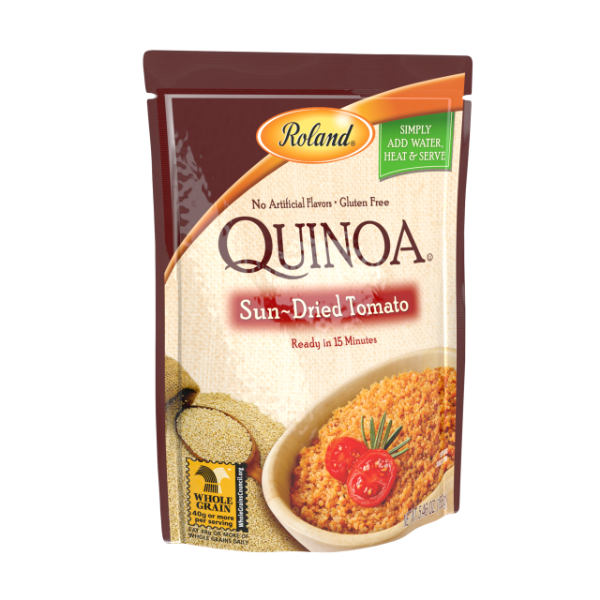Large and small companies come to us all the time and request biodegradable or recyclable stand up pouches or other type of environmentally friendly flexible packaging. Further, many do not know the difference between the terms biodegradable and recyclable. At standuppouches.net we understand that this can be confusing. In fact, the terms biodegradable and recyclable are used so often in the same context many feel they mean the same thing. These words are very different and here is some information that should help clarify things.
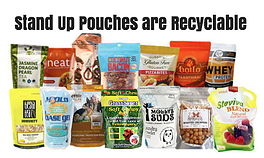 Biodegradable means something capable of being decomposed by bacteria or other living organisms. Recyclable means something that can be recycled and reused, either over and over or as part of another product. There are different types of flexible packaging and different styles too (flat bags, stand up pouches, grocery style bags, lay flat trash bags, stick bags, spouted bags for liquids, etc). The key difference between a flexible bag being biodegradable or not pertains to the film that is used.
Biodegradable means something capable of being decomposed by bacteria or other living organisms. Recyclable means something that can be recycled and reused, either over and over or as part of another product. There are different types of flexible packaging and different styles too (flat bags, stand up pouches, grocery style bags, lay flat trash bags, stick bags, spouted bags for liquids, etc). The key difference between a flexible bag being biodegradable or not pertains to the film that is used.
Traditional film like trash bags, sandwich bags, grocery store checkout bags or even the thin fruit bags are usually made from a single layer (known as mono layer) of film. To be clear, there are exceptions but in the end, flexible packaging made with this type of film if left out in the sunlight and air will in fact biodegrade and shrivel up to nothing (over time!). Same with a compost type of system, if this type of film is placed in a composter it will biodegrade. In fact, if you looked at this type of film under a microscope you would see tiny microscopic pinholes...again not something seen from the naked eye but air could go into and out of this type of bag. A perfect example, Fresh Express, packaging for salad bags and anything else like lettuce that "needs to breathe." These bags take advantage of this breathability so the salad will stay fresher for longer.
Barrier packaging is different. Barrier packaging, like stand up pouches, flat bags such as those used for snacks, beef jerky, meat and cheese, etc is made from multiple layers of barrier film laminated together and this lamination seals out any microscopic pinholes while also providing the strength for the pouch to stand and withstand severe elements such as extreme temperatures and rough handling. To explain further, each layer of barrier packaging is scientifically engineered based upon what is being packaged, how it is being filled, stored, shipped, and handled. Some film layers are used for strength and puncture reistance, some have excellent barrier protection from moisture and vapor and odor, while others are FDA food grade film for direct contact with the product itself. All of these layers are combined to create a film structure that is still flexible but has incredible toughness.
Because of this lamination and the different layers that are involved, flexible barrier packaging will not biodegrade. However, it is definitely recyclable. Here is a key point as it pertains to the environment. This is called the 3 R System, which refers to Reduce, Reuse, and Reycle. Studies have shown that even though there are very cool and innovative types of non petroleum based plastic film available, this film is still extremely expensive and difficult to predict. These same studies have shown that by far the best way to help our environment is the reduce the amount of packaging used and ultimately sent to a landfill. The most obvious choice is to eliminate rigid and semi-rigid containers (tubs, jars, canisters, pails, etc) and replace with flexible packaging that can handle these products effectively, protect them, keep them fresh and promote the brand and tell its story. Even further, many companies use excess packaging such as a bag inside a box or a bag inside of another bag when just a stand up pouch would do. All of these examples are of reducing the amount of packaging that is used and then sent to a landfill.
To request a sample of our recyclable stand up pouches, click the button below!


